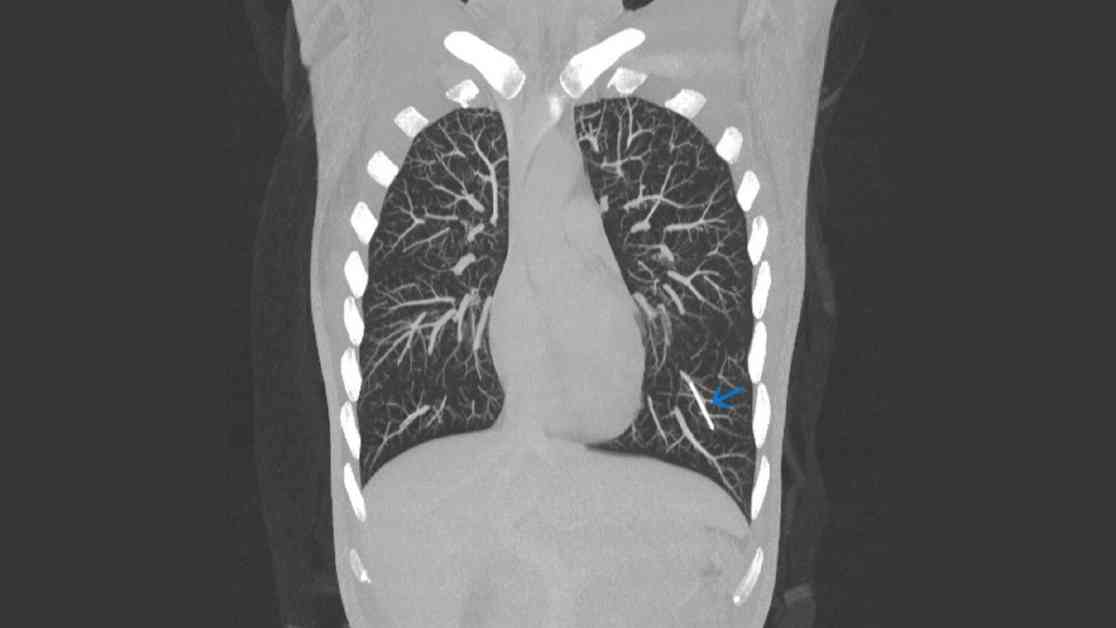In a rare and intriguing medical case, a woman in the U.K. discovered that her contraceptive implant had journeyed from her upper arm to her left lung. This unusual migration sparked concern and curiosity among medical professionals, leading to a fascinating exploration of the human body’s intricacies and the complexities of contraceptive technology.
The woman, in her 30s, initially sought medical attention after realizing that she could no longer feel the implant beneath the skin of her left arm, where it had been inserted six years earlier. Typically, these implants are designed to last for three years before requiring replacement. Upon further investigation and a review of the patient’s medical history, doctors determined that the original implantation procedure had not been performed correctly. This misstep resulted in the implant becoming dislodged shortly after insertion, eventually finding its way into a vein in the woman’s upper arm, then traveling to her heart and finally settling in her lower left lung.
This extraordinary case was detailed in a report published in the esteemed journal BMJ Case Reports on January 30. The migration of the contraceptive implant, known as Nexplanon, raised questions about the efficacy and safety of long-acting reversible contraception methods. Nexplanon, a small plastic rod inserted beneath the skin of the upper arm, releases progestin to prevent pregnancy by inhibiting ovulation and altering the cervical mucus to hinder sperm movement.
While Nexplanon is highly effective when correctly placed, rare instances of migration have been reported, with the implant relocating to areas such as the shoulder, chest wall, or even the arteries of the lungs. A study conducted between 2006 and 2015 identified 38 cases of implant migration reported to the U.S. Food and Drug Administration, underscoring the need for vigilance and precision in contraceptive implant procedures.
Factors contributing to implant migration include incorrect placement, excessive depth of insertion into arm tissue, or thin arm anatomy in the patient. In the case of the woman in the U.K., it was likely a combination of these factors that led to the implant’s unexpected journey to her lung. Fortunately, she remained asymptomatic, prompting a decision to forego surgical intervention due to the implant’s dormancy and cessation of progestin release.
The implications of contraceptive implant migration extend beyond mere anatomical curiosity, highlighting the importance of proper medical procedures and patient care. As medical professionals continue to navigate the complexities of reproductive health and contraceptive technology, cases like these serve as poignant reminders of the delicate balance between innovation and patient safety.
As we delve deeper into the intricacies of the human body and the marvels of modern medicine, stories like this woman’s unusual contraceptive implant journey remind us of the fragility and resilience of the human form. In a world where medical marvels and mysteries coexist, it is essential to approach each case with care, curiosity, and a commitment to advancing healthcare practices for the benefit of all.










